Inflation still public enemy number one – Kiwibank
Inflation remains a problem globally, but the threat of a banking crisis demands caution, Kiwibank economists have warned.
In a Kiwibank publication, Jarrod Kerr (pictured above left), chief economist, and Mary Jo Vergara (pictured above right), senior economist, said stress in the banking sector dominated trading in financial markets, which consequently resulted in the tightening of credit conditions for households and businesses.
“Policymakers have reacted in desperation to failing banks and remain at the ready to respond further to calm nerves within markets,” Kerr and Vergara said. “At the same time, they want to be seen as vigilant on inflation. It’s a mixed message to deliver.”
Last week, the US Federal Reserve continued its series of rate hikes, with a further 25bps funds rate increase to 4.75% to 5%. The rapid increases in the Fed’s rates, which was hiked 475bps over the last year, contributed to the collapse of the Silicon Valley Bank.
“The Fed’s message around future rate hikes was watered down, and much more dovish because the banking crisis is overshadowing inflation fears (for now),” the economists said. “The famous Fed dot-plot remained at 5.1% for 2023, suggesting one more hike is on the table. And the plot for 2024 was lifted a little. It’s a message of a little more, for a little bit longer.”
Despite this messaging, market traders were expecting an earlier easing of interest rates, they said.
Since the perceived banking crisis started, US interest rates have declined, particularly in the short end of the curve.
“The 2s10s Treasury bond curve (the difference between the two-year bond yield and 10-year bond yield) has steepened up from -110bps (long end yields well below short end) to -40bps, as the yield on the 2-year bond fell from 5.07% to 3.8% (at time of writing),” the Kiwibank economists said.
Thoughts of further rate hikes have shifted aggressively towards rate cuts, with market traders factoring in rate cuts later this year.
“A whopping 75bps of cuts are priced into the US curve, starting September. If realised, we will likely see an RBNZ rate cut come November – it’s our base case,” Kerr and Vergara said.
Kiwibank noted that Kiwi wholesale rates onshore have reduced, due to the risk to banking systems offshore, making the Reserve Bank’s proposed hiking path to 5.5% increasingly unlikely.
“We have always said a move beyond 5% would be a step too far,” the economists said. “And we believe the RBNZ will come around to this view. Market traders agree. The two-year swap rate has fallen fast, dropping from 5.5% earlier in the month to 4.85% at time of writing. The implied terminal rate, in Kiwi OIS pricing, has fallen to 5.15% (from 5.5%), and gets there only briefly in May-July.”
Kiwibank is factoring in rate cuts as early as August, with the rate trajectory tumbling to 4.3% by the end of next year – a forecast the economists said RBNZ will disagree with, at least until inflation falls within its 1% to 3% target band, and “the worst of the pricing pressure in their rear-view mirror.”
In a speech at the KangaNews-ANZ New Zealand Capital Markets Forum, Paul Conway, RBNZ’s chief economist, reiterated the central bank’s commitment to bring inflation back to 1% to 3% target.
Conway said the cash rate is “now comfortably above neutral and having the desired contractionary effect” and that there are now “welcome signs of demand in the economy slowing.”
“But they’re keeping a watchful eye on inflation expectations – perhaps even more so than actual inflation,” Kerr and Vergara said. “Taming inflation requires taming expectations. And the latter hinges on ‘how convinced people are that the MPC will do what’s necessary to get inflation down.’ With 450bp of tightening so far and some more to come, the RBNZ is strongly defending its inflation-fighting credentials.”






















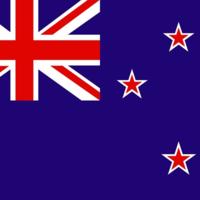
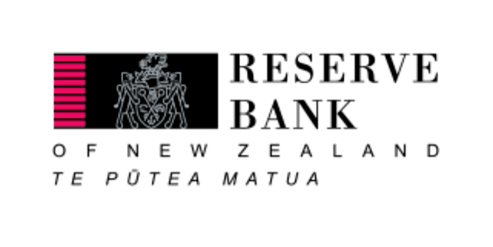
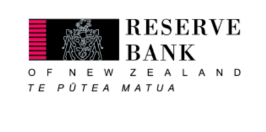
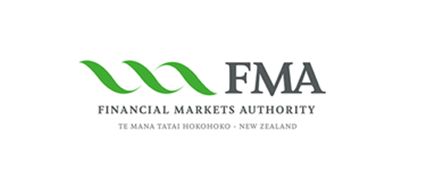
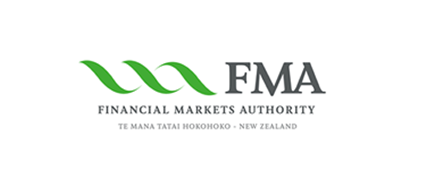


























First, please LoginComment After ~